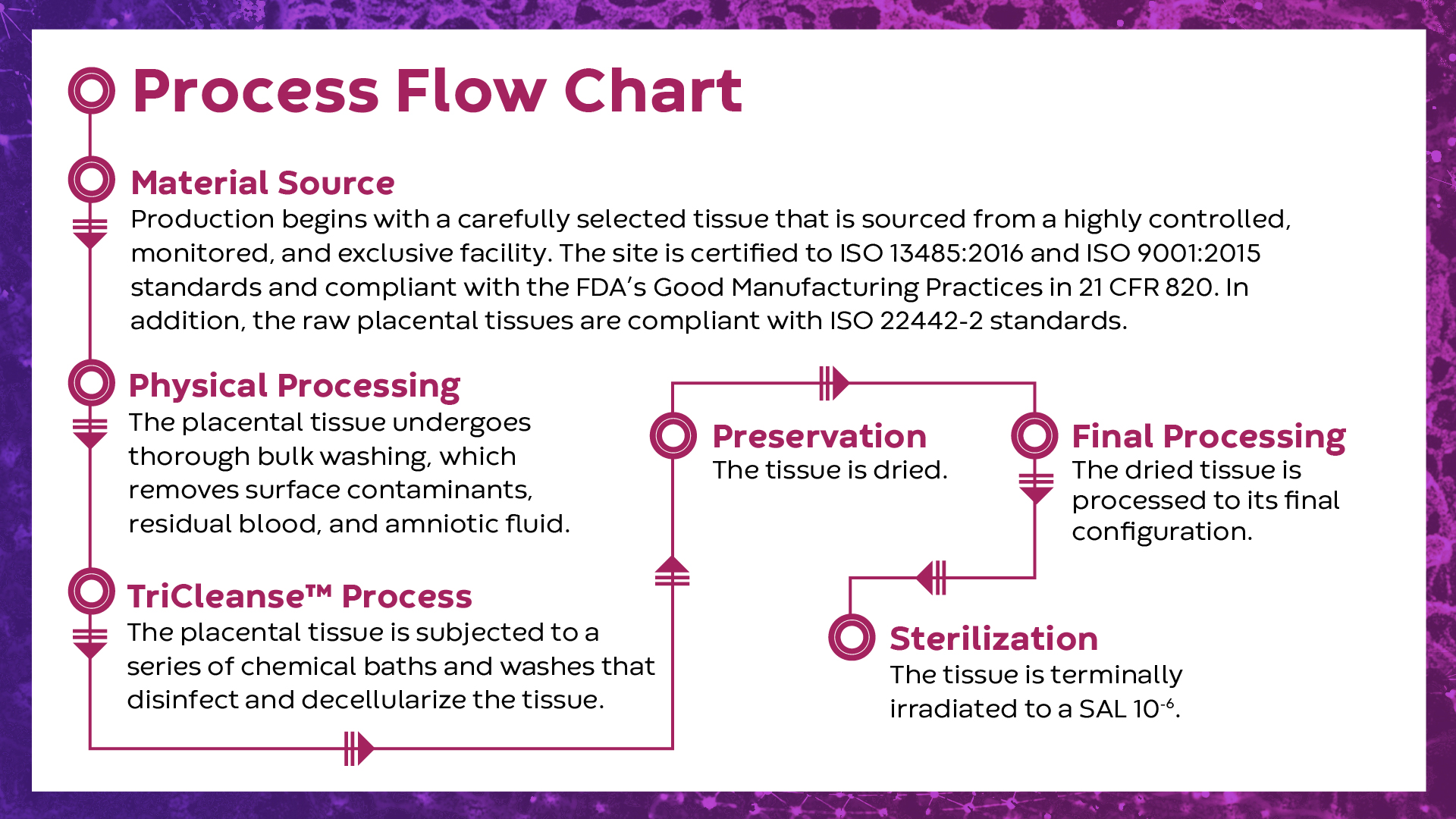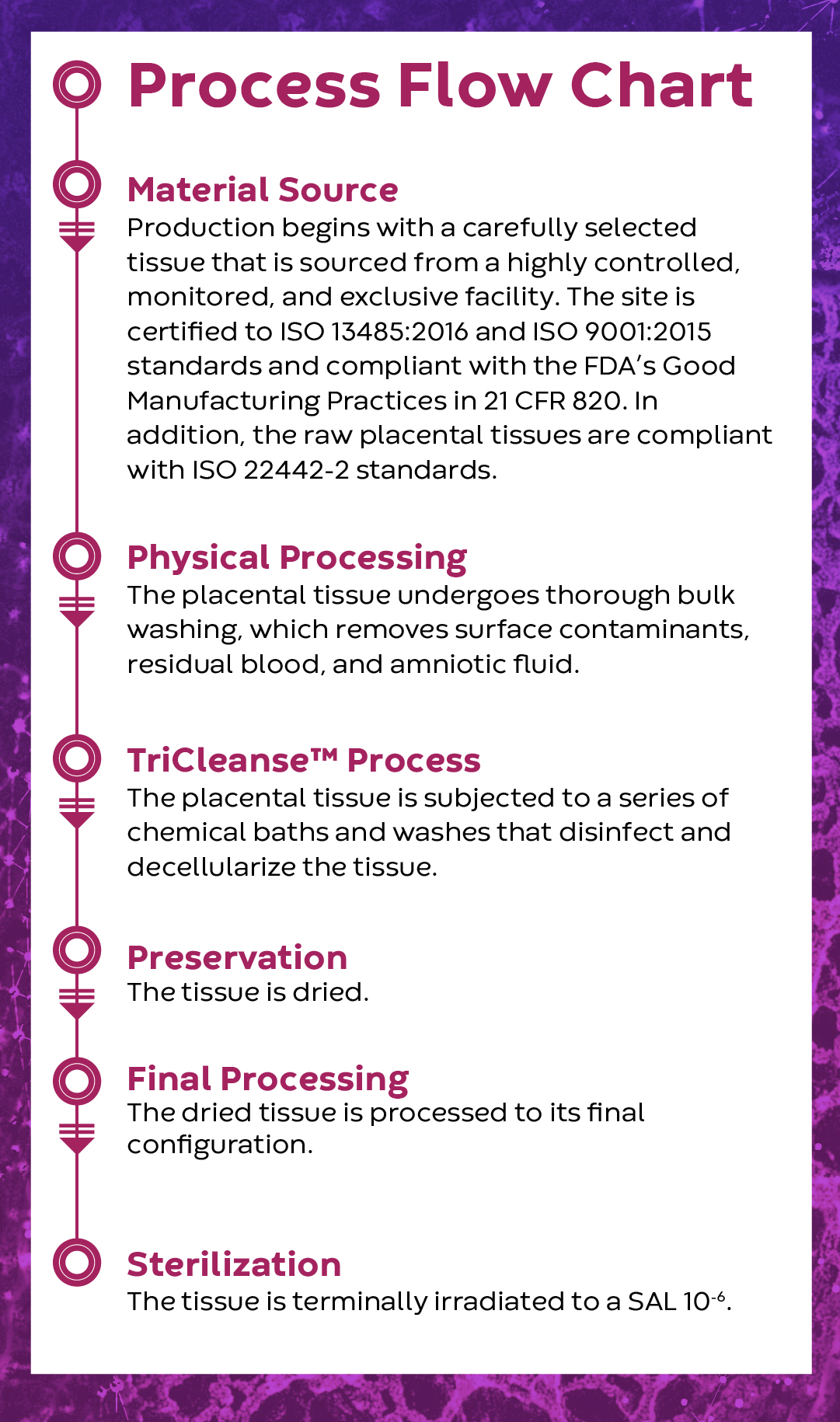Convatec Group completes acquisition of Triad Life Sciences
Convatec Group Plc (CTEC:LON) is pleased to announce that it has completed the acquisition of Triad Life Sciences Inc (‘Triad’). The Triad team, current portfolio and product pipeline will now transition to ConvaTec’s Advanced Wound Care (AWC) business and be known as Convatec Advanced Tissue Technologies. Learn More >>
Next-generation extracellular matrix (ECM) products, the InnovaMatrix Technology Platform advances the science of wound management and burn care by combining the technological advantages of a medical device — reliabiity, reproducibility, and a rigorous safety profile — with the placenta’s inherent, natural benefits.
We are dedicated to increasing patient access to innovative, reliable, and affordable technologies that address complex surgical wounds, hard-to-heal wounds, burns, and other regenerative dermal applications.
Next-Generation Wound Care Management
INNOVATIVE
The InnovaMatrix® Platform offers the first and only placental-derived medical device technology on the market that addresses the specific limitations of human placental grafts.1-8 This technology provides an array of new, exciting opportunities and is the foundation for Convatec’s robust product development pipeline.
RELIABLE
The InnovaMatrix® Platform products are regulated medical devices, unlike human cells, tissues and cellular and tissue-based products (HCT/Ps). Produced under Current Good Manufacturing Practice (CGMP) with a consistent source material, the InnovaMatrix® Platform products ensure our customers are provided with reliable and reproducible ECM products for wound management.
AFFORDABLE
Our goal is to provide safe, cost-effective wound care solutions for patients. To that end, our operations maximize efficiency and create economic benefits for patients, healthcare providers, and payors.


MKT-2023-0051E V01
Cardinal, L. J. (2015). Central tendency and variability in biological systems. J Community Hosp Intern Med Perspect, 5(3), 27930. doi:10.3402/jchimp.v5.27930
Collier, A. C., Tingle, M. D., Paxton, J. W., Mitchell, M. D., & Keelan, J. A. (2002). Metabolizing enzyme localization and activities in the first trimester human placenta: the effect of maternal and gestational age, smoking and alcohol consumption. Hum Reprod, 17(10), 2564-2572. doi:10.1093/humrep/17.10.2564
DuBois, B. N., O’Tierney-Ginn, P., Pearson, J., Friedman, J. E., Thornburg, K., & Cherala, G. (2012). Maternal obesity alters feto-placental cytochrome P4501A1 activity. Placenta, 33(12), 1045-1051. doi:10.1016/j.placenta.2012.09.008
Huuskonen, P., Amezaga, M. R., Bellingham, M., Jones, L. H., Storvik, M., Hakkinen, M., . . . Pasanen, M. (2016). The human placental proteome is affected by maternal smoking. Reprod Toxicol, 63, 22-31. doi:10.1016/j.reprotox.2016.05.009
McRobie, D. J., Glover, D. D., & Tracy, T. S. (1998). Effects of gestational and overt diabetes on human placental cytochromes P450 and glutathione S-transferase. Drug Metab Dispos, 26(4), 367-371. Retrieved from https://www.ncbi.nlm. nih.gov/pubmed/9531526
O’Huallachain, M., Karczewski, K. J., Weissman, S. M., Urban, A. E., & Snyder, M. P. (2012). Extensive genetic variation in somatic human tissues. Proc Natl Acad Sci U S A, 109(44), 18018-18023. doi:10.1073/pnas.1213736109
Paakki, P., Stockmann, H., Kantola, M., Wagner, P., Lauper, U., Huch, R., . . . Pasanen, M. (2000). Maternal drug abuse and human term placental xenobiotic and steroid metabolizing enzymes in vitro. Environ Health Perspect, 108(2), 141-145. doi:10.1289/ehp.00108141
Strolin-Benedetti, M., Brogin, G., Bani, M., Oesch, F., & Hengstler, J. G. (1999). Association of cytochrome P450 induction with oxidative stress in vivo as evidenced by 3-hydroxylation of salicylate. Xenobiotica, 29(11), 1171-1180. doi:10.1080/004982599238038





